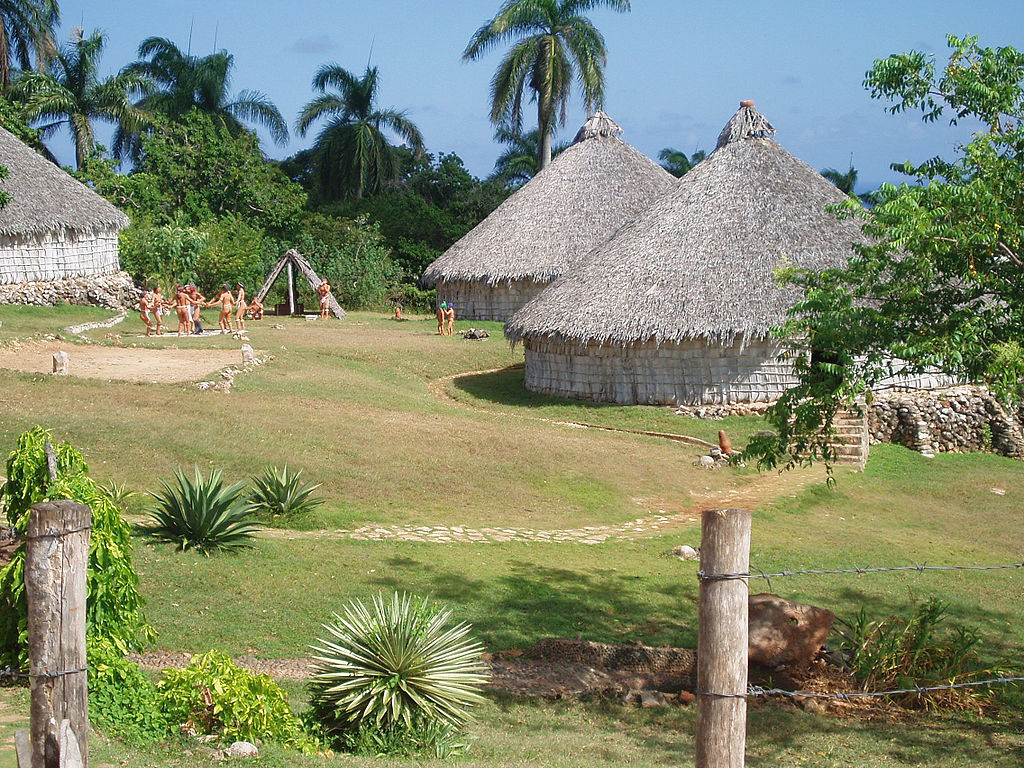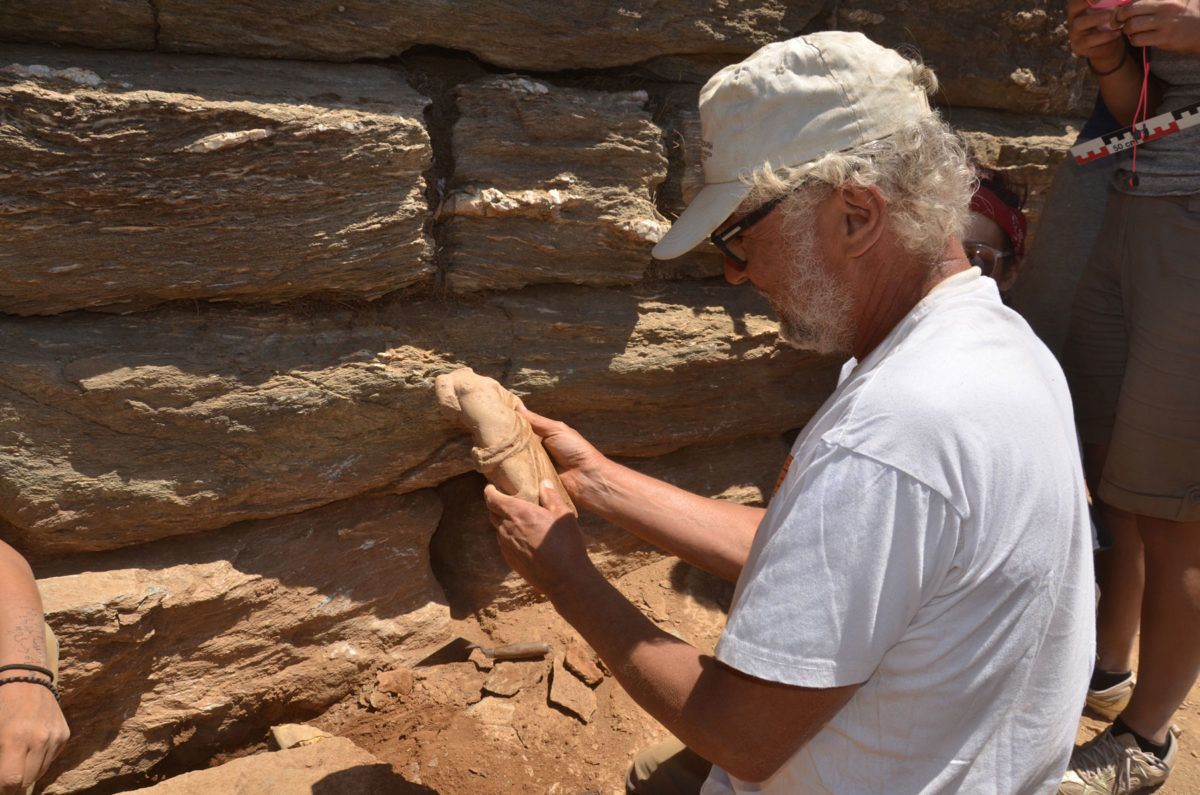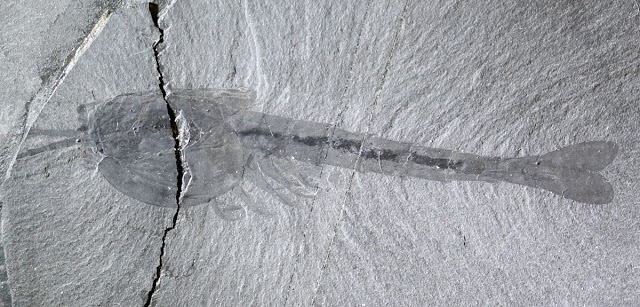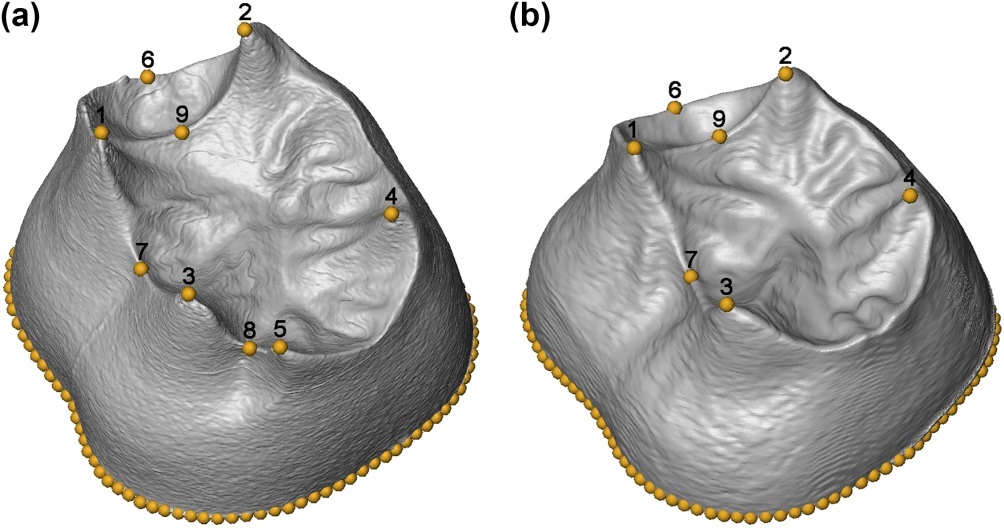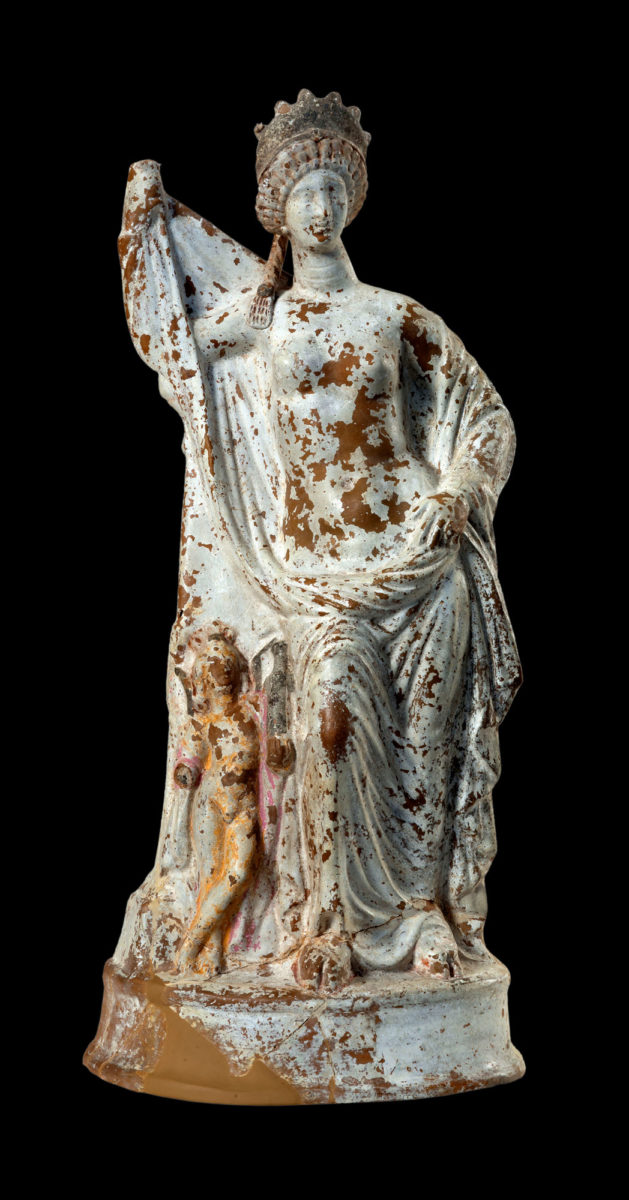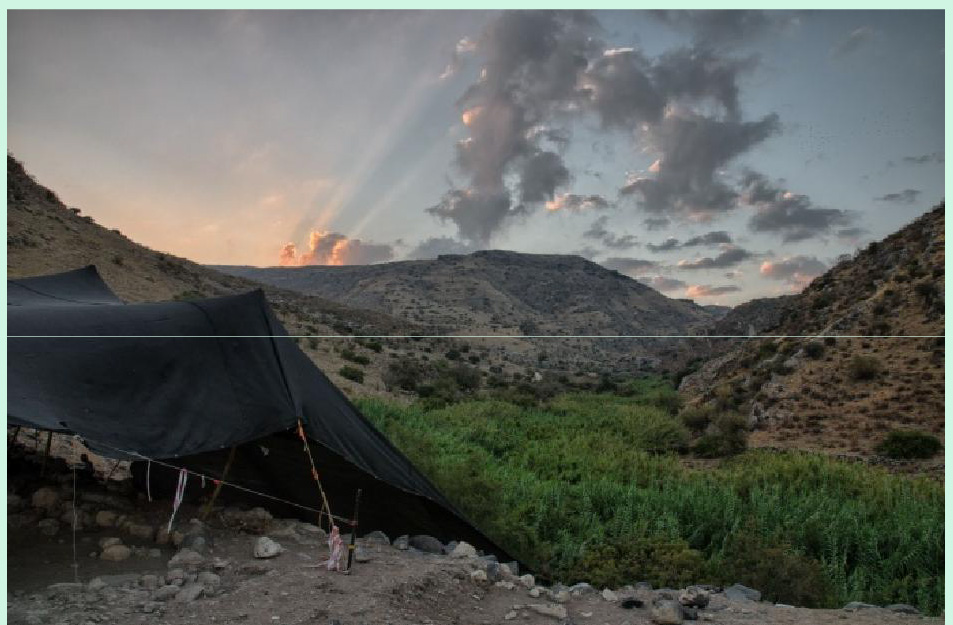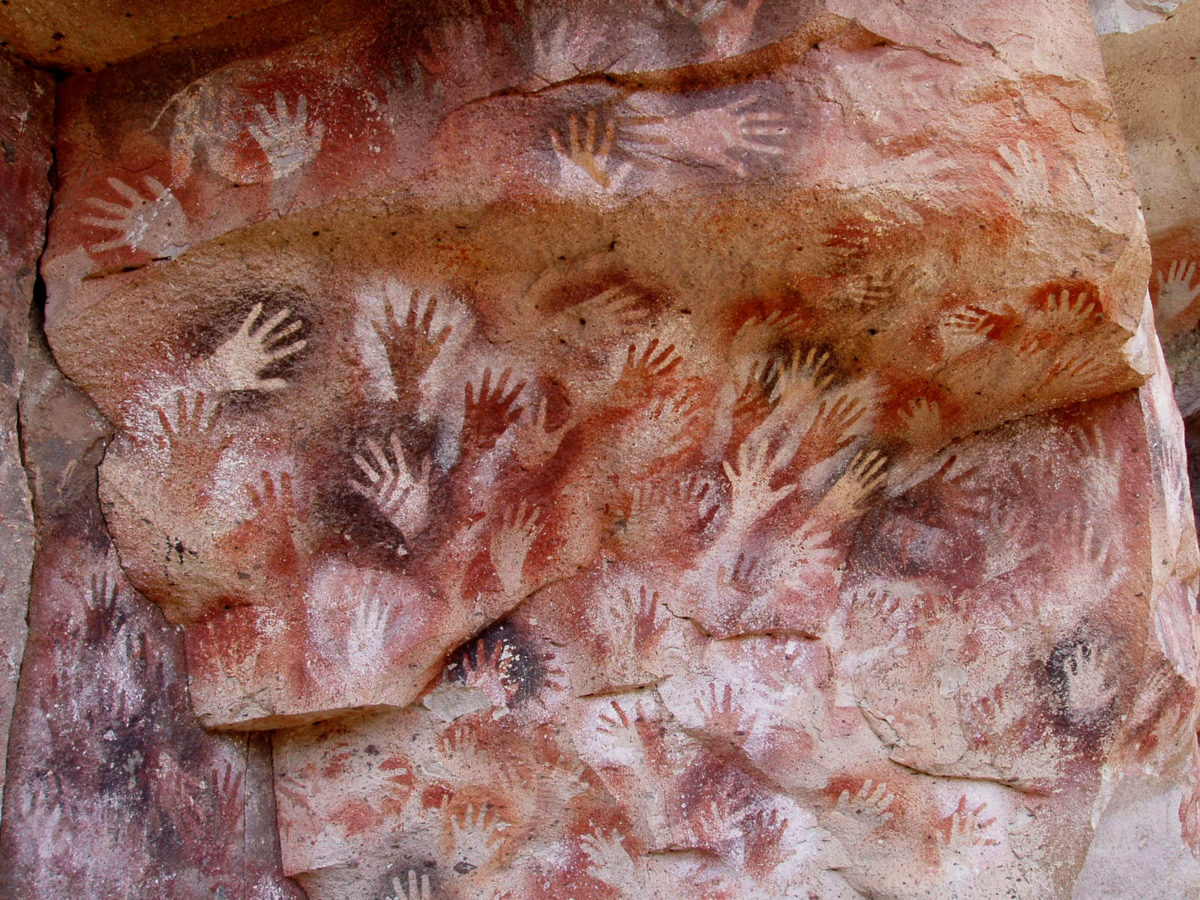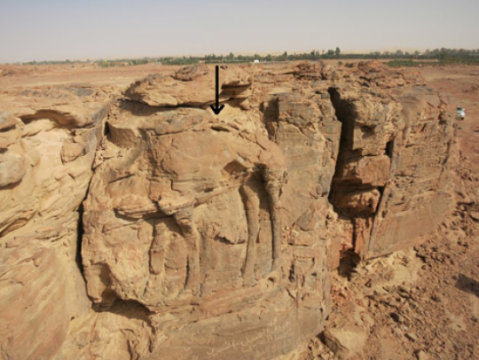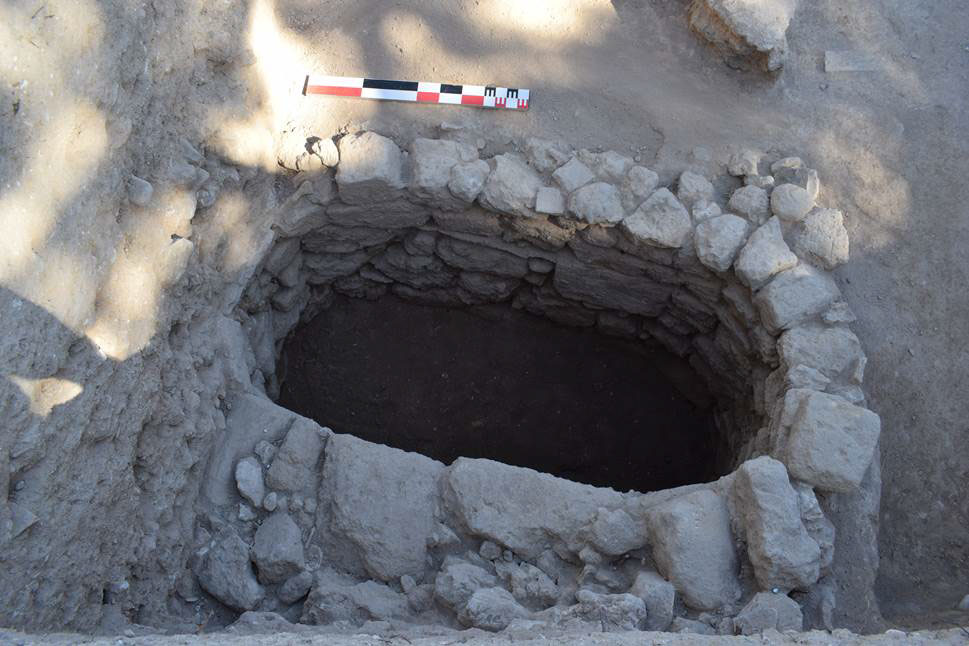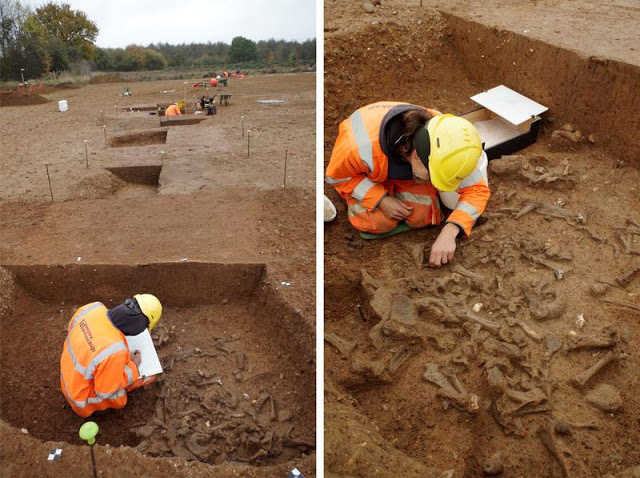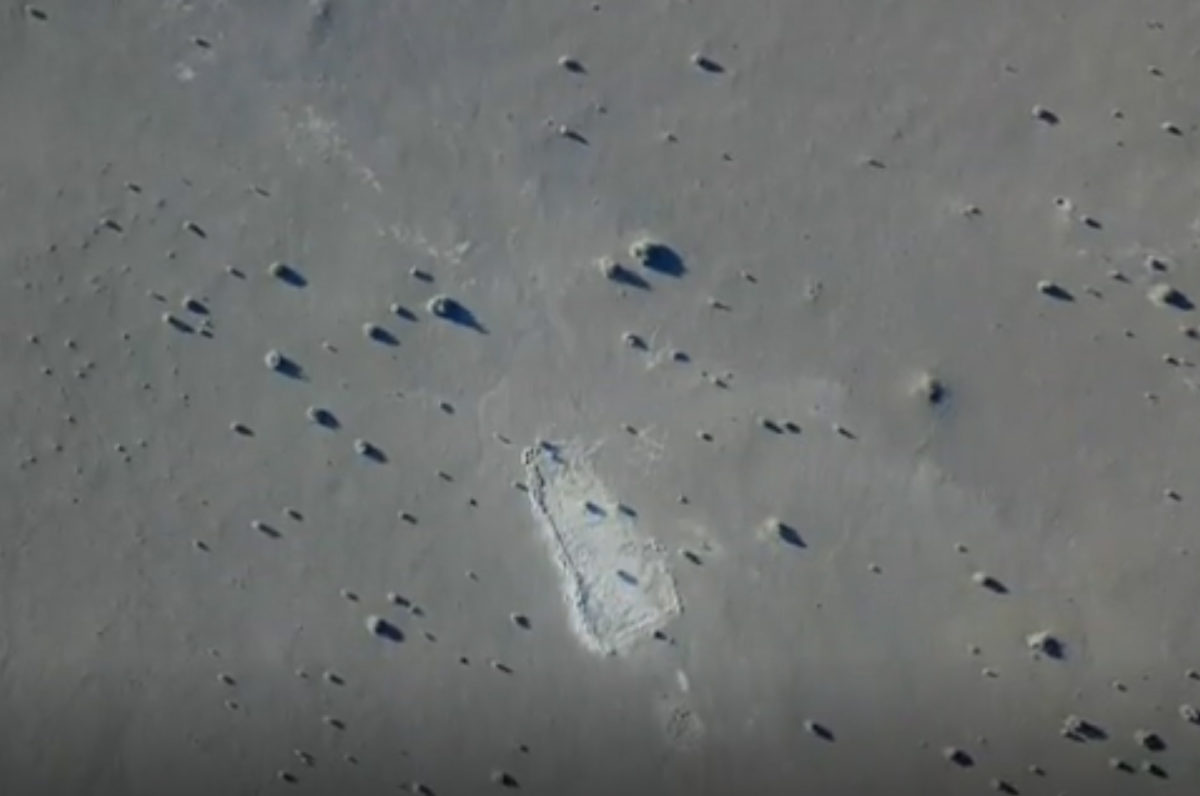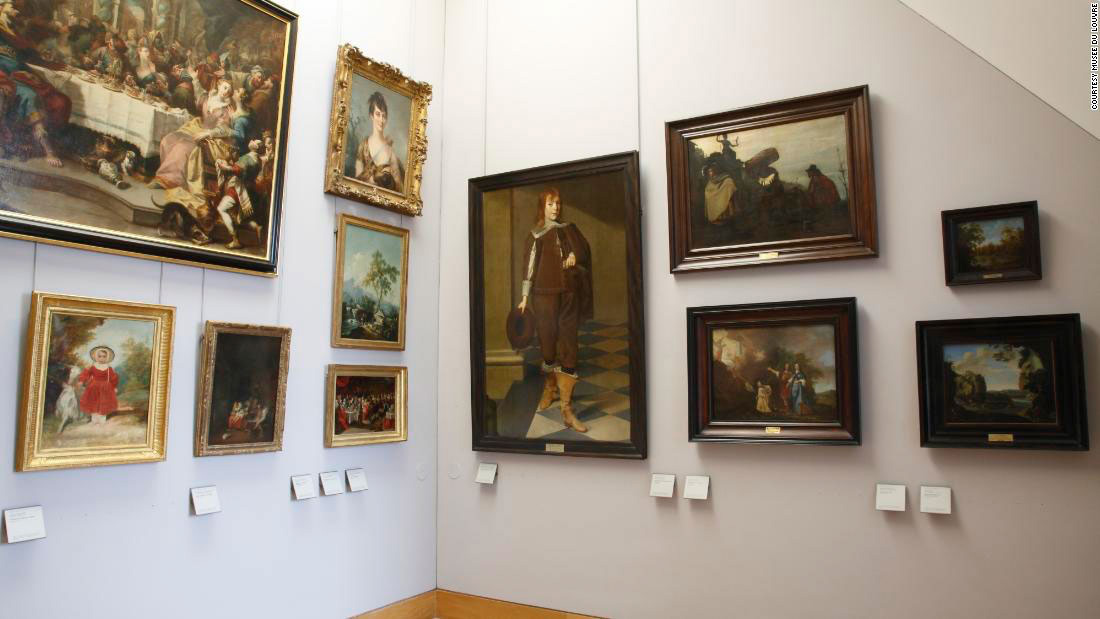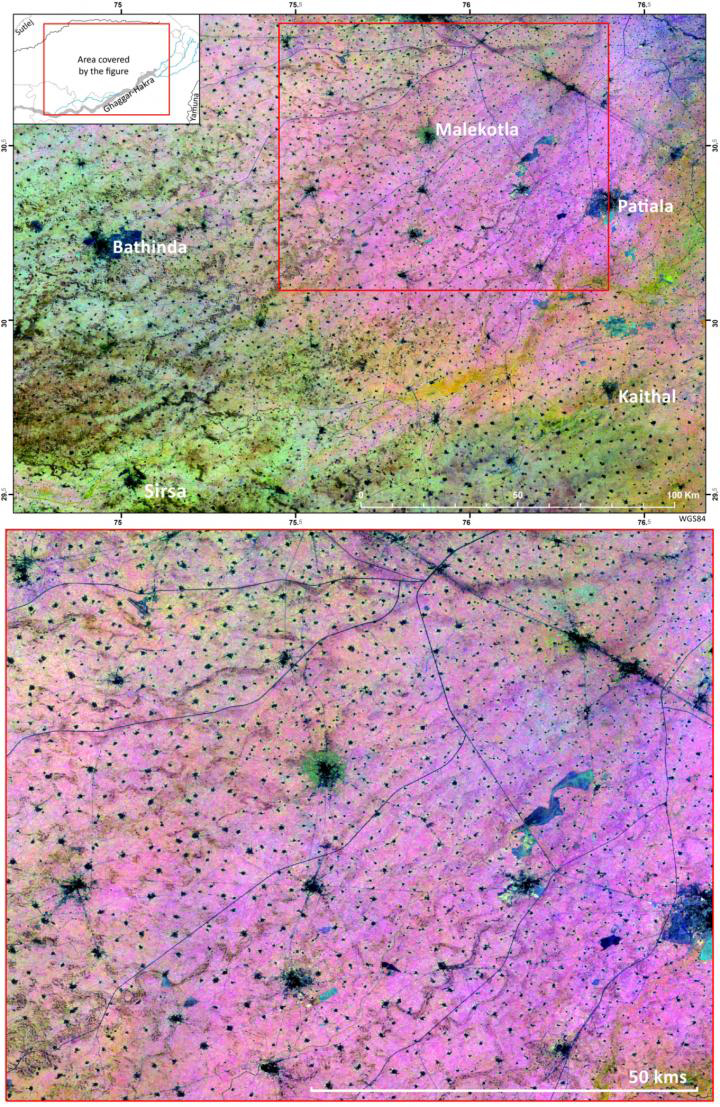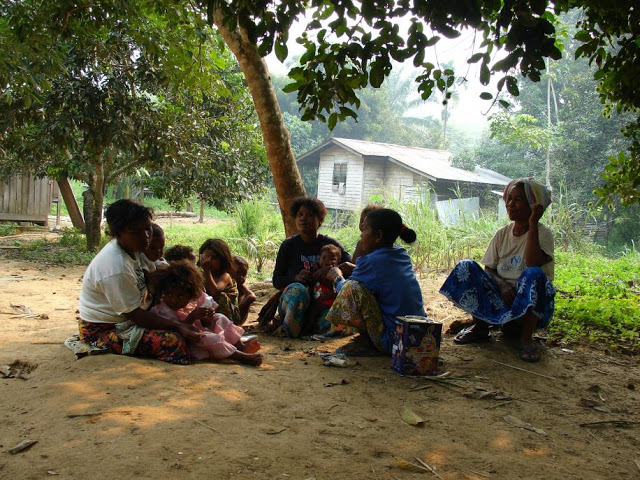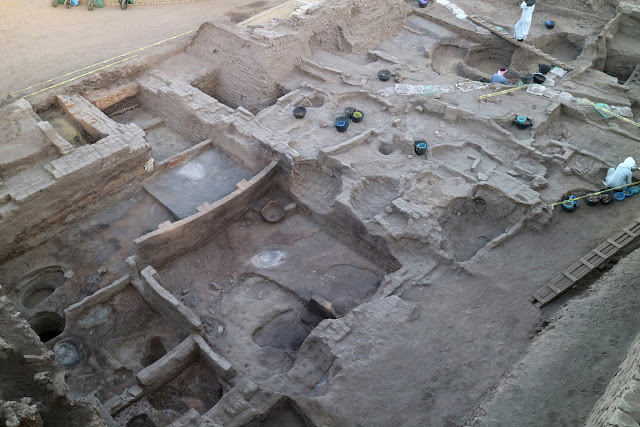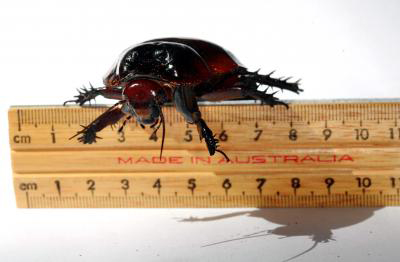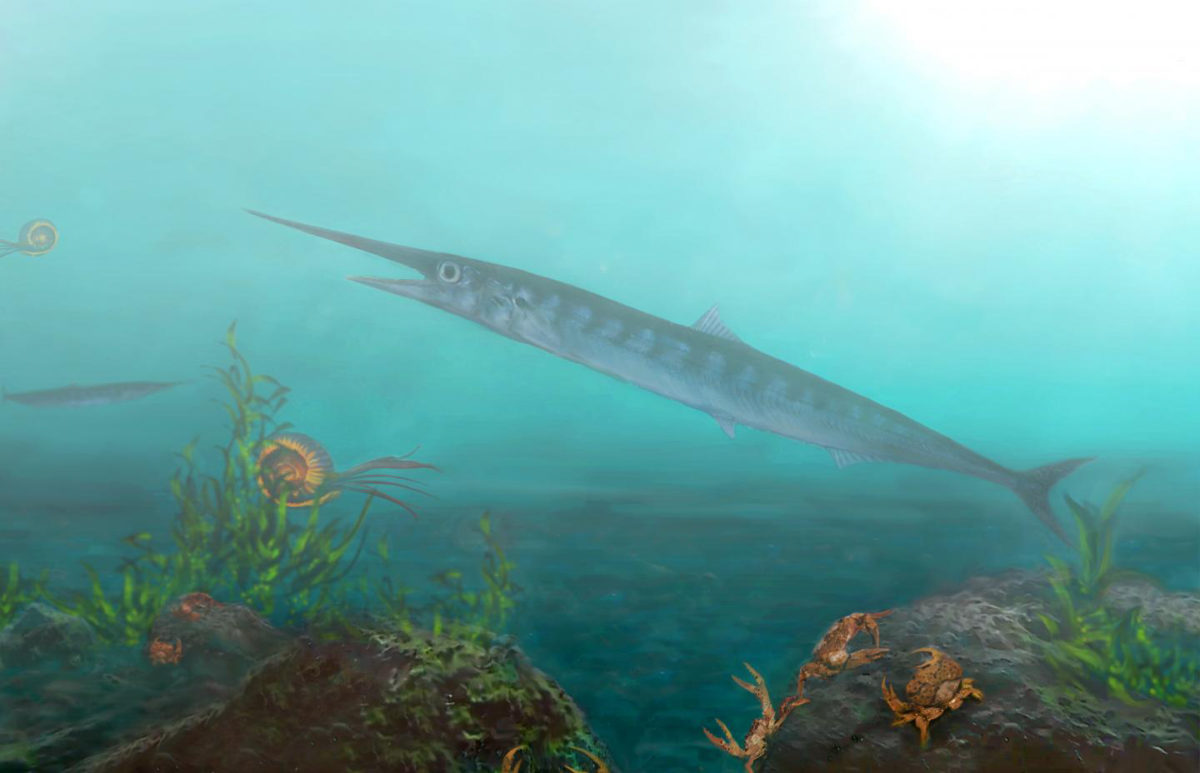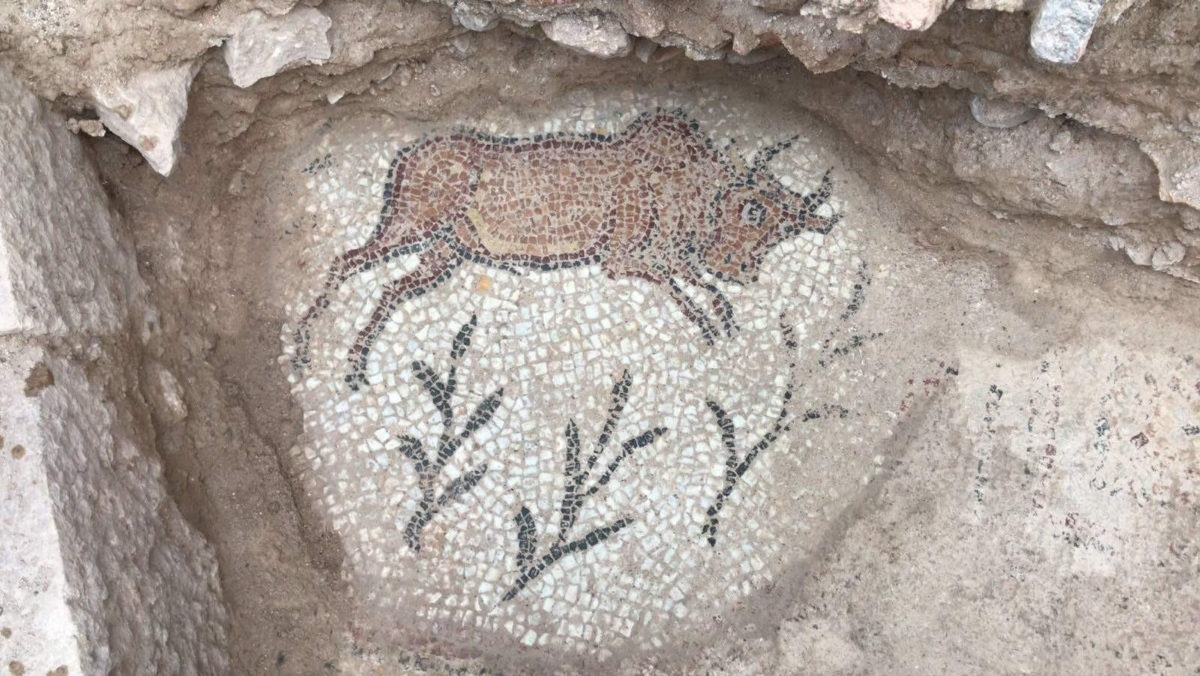Study identifies traces of indigenous ‘Taíno’ in present-day Caribbean populations
Researchers have produced the first clear genetic evidence that the indigenous people whom Columbus first encountered in the New World still have living descendants today.
The Asclepieion and Aphrodision were probably under the same roof in the ancient city of Kythnos
Archaeologist Alexandros Mazarakis Ainian, head of excavations in the region, talks to the Athens and Macedonian News Agency about the progress of the research.
Soft tissue fossil clues could help search for ancient life on Earth and other planets
Fossils that preserve entire organisms (including both hard and soft body parts) are critical to our understanding of evolution and ancient life on Earth. However, these exceptional deposits are extremely rare.
Did Humans Domesticate Themselves?
Human 'self-domestication' is a hypothesis that states that among the driving forces of human evolution, humans selected their companions depending on who had a more pro-social behavior.
First 3D morphometric study of the molars of Sima de los Huesos
Paper on the morphological analysis of the dentin in the lower molars of the population of the archaeological site of Sima de los Huesos (Atapuerca, Burgos), using three-dimensional geometric morphometry.
“The countless aspects of Beauty” are being exhibited in Sparta
The exhibition aims to record humankind’s continuous quest for Beauty over the centuries and its incorporation into daily life, by depicting it in art works, cosmetic artefacts and everyday utensils.
What fluffy bunnies can tell us about domestication
Rabbits were domesticated by monks in 600 AD after an edict from Pope Gregory declared that it was acceptable to eat fetal rabbits, known as laurices, during Lent.
The Natufian culture – the harbinger of food-producing societies
Evidence from the burial cave of Hilazon Tachtit, and the residential village of Nahal Ein Gev II in close proximity to the Sea of Galilee will be presented.
Malcolm Hewitt Wiener, Corresponding member of the Athens Academy
Founder of the Institute of Aegean Prehistory (INSTAP) and the Wiener Laboratory in the American School of Classical Studies at Athens.
Interdisciplinary approach yields new insights into human evolution
Vanderbilt biologist Nicole Creanza takes interdisciplinary approach to human evolution as guest editor of Royal Society journal.
Rock art: Life-sized sculptures of dromedaries found in Saudi Arabia
At a remarkable site in northwest Saudi Arabia, a CNRS archaeologist and colleagues from the Saudi Commission for Tourism and National Heritage (SCTH) have discovered camelid sculptures unlike any others in the region.
Results of the 2017 excavations at Bamboula, Larnaka
The French Archaeological Mission of Kition conducted a second campaign of excavations in the Northern part of the site of Kition-Bamboula.
Major Neolithic ceremonial enclosure uncovered at Windsor
A major 5,500 year old Neolithic ceremonial gathering place known as a causewayed enclosure has been partially uncovered within sight of Windsor Castle in Berkshire.
Ancient trail of Columbian mammoths uncovered in south-central Oregon
University of Oregon-led research team uncovers numerous footprints of adult, juvenile and infant elephants in a remote dry lake basin.
The Louvre Museum seeks the owners of the works of art stolen by the Nazis
Their common denominator is that they all once belonged to the properties of French Jews plundered by the Nazi armies during World War II and repatriated after its end.
Neanderthals’ lack of drawing ability may relate to hunting techniques
Spear-throwing gave Homo sapiens better eye-hand coordination, smarter brains, UC Davis study suggests.
Micro to macro mapping
Cambridge archaeologists present a new algorithm, which is able to extract micro-topographic information at a variety of scales employing micro-, meso- and large-scale digital surface (DSM) and digital terrain (DTM) models.
Rapid land changes forecast for East African savannahs
A study, presenting a 5000-year environmental history of the popular tourist destination, Amboseli National Park in Kenya, has shown that the impact of climate change on land is more rapid than previously thought.
The Phaistos Disk refers to the goddess of love who glows and grows dim
Side Α of the Phaistos Disk speaks of the pregnant goddess who glows and side B about the goddess who grows dim, according to G. Owens.
Unknown language discovered in Southeast Asia
A previously unknown language has been found in the Malay Peninsula by linguists from Lund University in Sweden. The language has been given the name Jedek.
Newly discovered buildings reveal clues to ancient Egyptian dynasties
The archaeological excavation of an ancient Egyptian city at Tell Edfu has discovered well-preserved settlement remains dating to an important turning point in ancient Egyptian history.
Cockroach history traced back to last supercontinent
A research team from the Okinawa Institute of Science & Technology has carried out the first molecular dating on cockroaches in order to map their biogeographical and evolutionary history.
Child aids paleontologists in discovery of new ancient fish species
UAlberta paleontologists find new fossil species in Colombia with the help of young tourist.
Old Church of Anatolia discovered in Hadrianapolis
Archaeological excavations in the ancient city of Hadrianapolis (Paphlagonia) in the Black Sea revealed a 1,500-year-old structure
